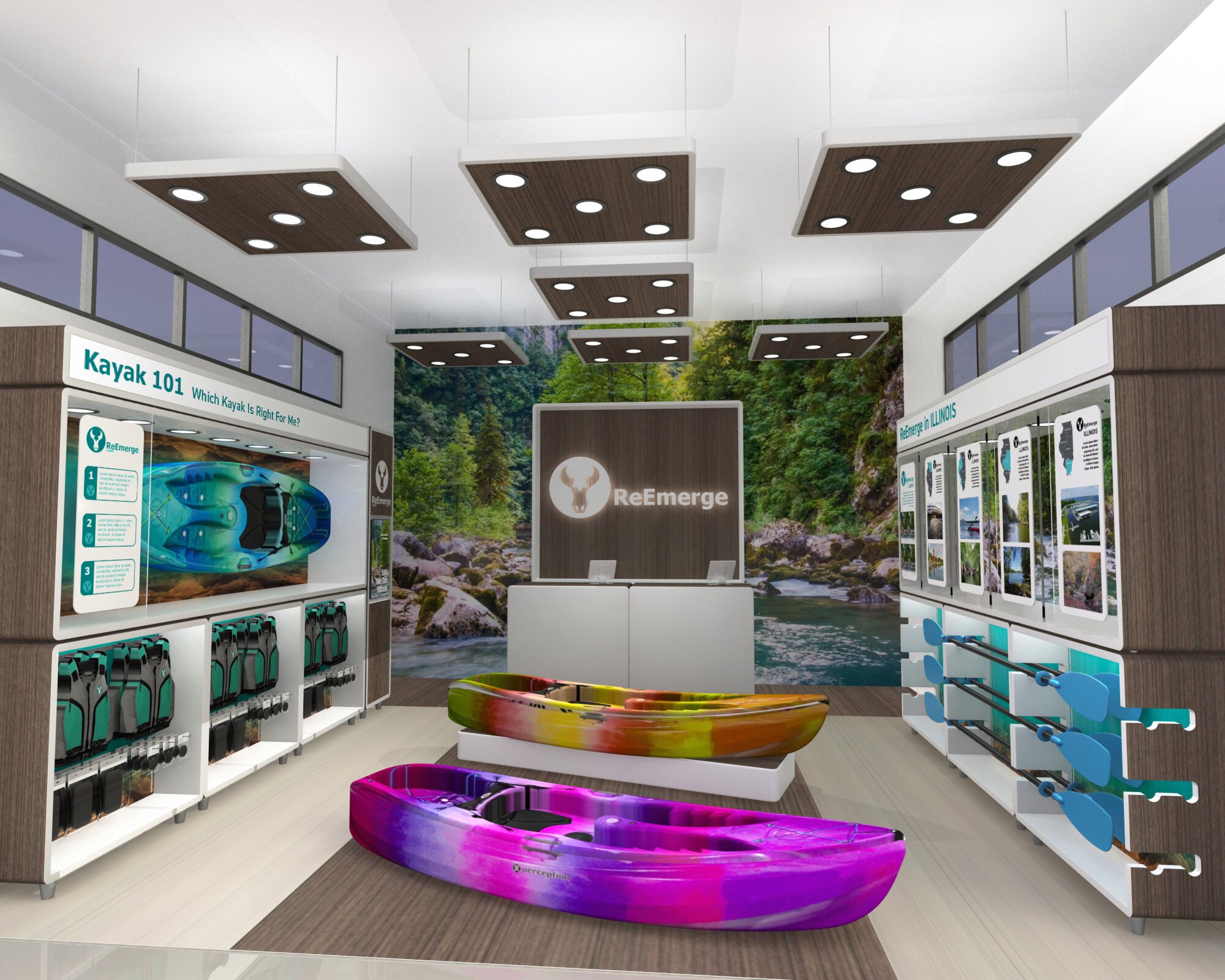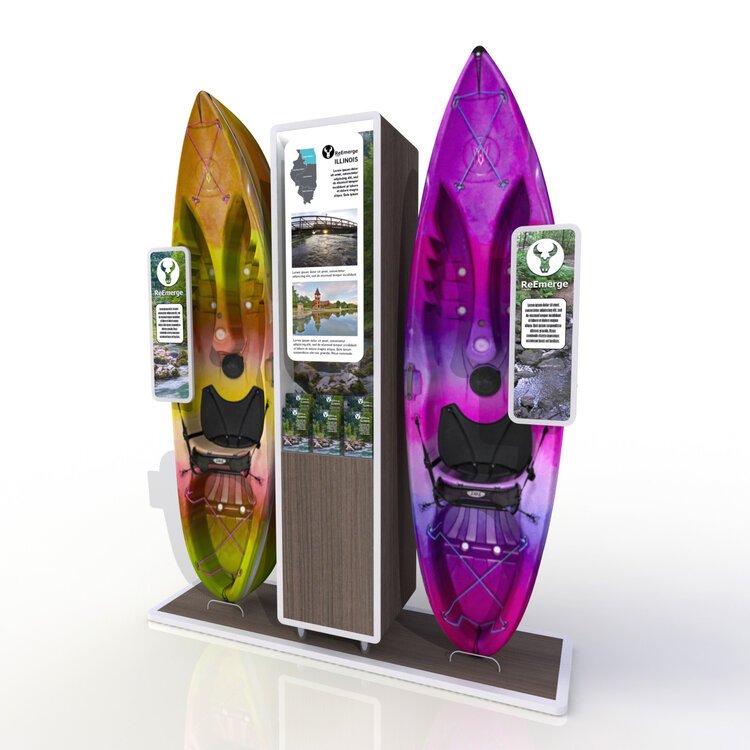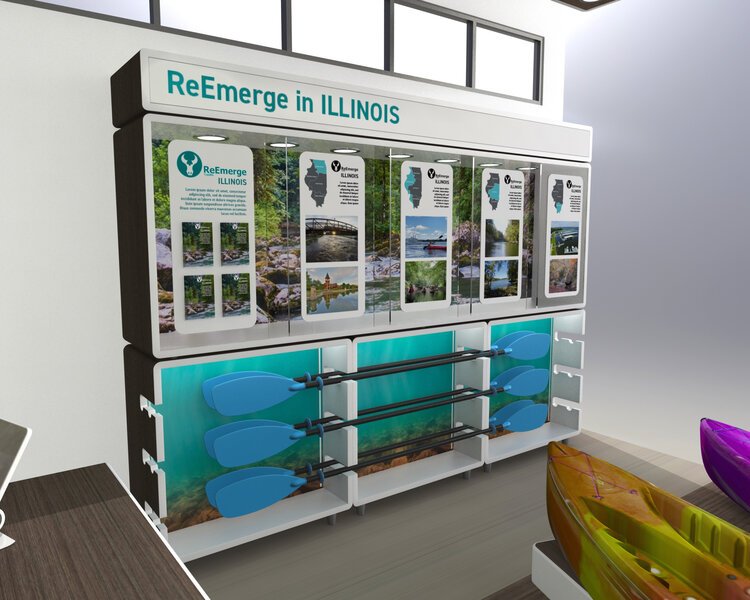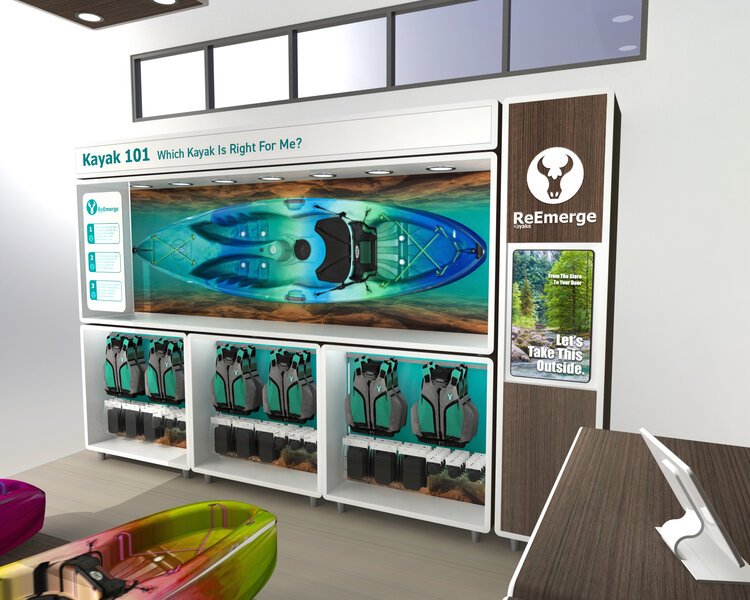How Outdoor Retail Has Changed Since 2020—And What It Takes to Win in 2025
A Practical Guide for Brands and Retailers Serving the New Era of Outdoor Enthusiasts
tHE BOOM THAT CHANGED EVERYTHING
In 2020, people ran outside—literally. When gyms closed and anxiety climbed, the outdoors became a lifeline. For many, it was the first time in years they laced up hiking boots or dusted off a paddleboard.
Retailers had to move fast.
Now it’s 2025. The boom is over—but the transformation isn’t. The outdoors is no longer a detour. It’s part of our identity. And retail—done right—is how that connection deepens.
From First-Time Visitors to Values-Driven Shoppers
The pandemic-era outdoor boom opened the door for a massive wave of new outdoor participants. The initial spike was driven by need for connection, health, screen fatigue, and proximity.
But what started as curiosity has become a core identity for millions.
THEN: A Rush of Curiosity
In the early days, outdoor participation surged. Hiking was up 16%, camping by 28%, fishing, paddling—even birding saw double-digit gains. But most shoppers were overwhelmed. They needed direction, but got discounts. Help, but got headers.
NOW: An Intentional—and More Diverse—Customer
Today’s shoppers are more confident, selective, and discerning. They expect:
Meaningful experiences—that connect them to community, identity, and purpose.
Place-based relevance—such as urban stores in Seattle, trailhead kiosks in Colorado, pop-ups by the canal in Toronto.
As the outdoor participant base grows, reaching 168M in 2023 with major gains among Gen Z, BIPOC, women, and older adults (OIA, 2024), these shoppers aren’t just browsing—they’re aligning their purchases with lifestyle, social identity, and sustainability.
They expect experiences, not just inventory. And that’s where brick-and-mortar still holds power.
Flagship stores should immerse shoppers in full brand experiences. Satellite stores should feel like local experts. Both should support staff with tools—like guided storytelling displays, category-based fixture systems, and modular setups that reduce reliance on constant planogram updates.
From Pandemic Response to Proactive Strategy
The early boom forced reactive retail: fast pop-ups, emergency e-comm upgrades, and guesswork-driven assortments. But now, we know more—and can do better.
THEN: Retail Was Reactive
Demand outpaced supply. Store associates were left to explain inconsistencies. Visuals changed slowly. And operational pressure was high.
NOW: Retail Must Be Proactive
The smartest retailers are now integrating their channels, working to create better consistency across DTC, wholesale, and dealer experiences. Physical stores remain the only channel where a brand controls everything—presentation, education, tone, flow. It’s a powerful position.
Flagship locations should serve as brand labs. Regional stores? They should specialize—with the help of modular systems that simplify execution for store teams and make changes fast and low-lift.
For associates, these systems:
Reduce cognitive load during floor resets
Provide built-in storytelling tools (i.e., layered signage, bundling logic)
Make guided selling easier with visual logic and intuitive layouts
From selling gear to building confidence
Outdoor gear isn’t simple. Fit, use-case, durability, personal goals—all play into decision-making. The display’s job is no longer just to promote—it’s to empower.
THEN: Displays Pitched Products
Product-first displays worked when shoppers were less informed. Today’s customer comes in mid-funnel—needing proof, not push.
NOW: Displays Deliver Confidence
Today’s shopper walks in with research already done. They’re looking for confirmation, clarity, and a sense that the brand “gets them.”
This is where storytelling via physical space becomes vital. Displays must simulate scenarios, bundle gear by use-case, and allow the shopper to envision themselves successfully engaging in the activity—whether that’s trail running, climbing, bike commuting, or just walking the dog through city parks.
Flagship locations can go deep—showcasing full systems, building brand world immersion, and incorporating community feedback loops. Smaller stores should simplify that message into high-efficiency storytelling moments.
From Fixed Layouts to Flexible Ecosystems
Planograms used to lock stores into rigid formats. Same look. Same messaging. Seasonal flips required major overhauls. But today's retail requires agility—especially when floor space is at a premium and staff are spread thin. As shopper expectations evolve faster than planograms, the ability to flex becomes a strategic advantage.
THEN: One Store, One Experience
Most stores followed a static blueprint. A national rollout meant every location looked the same—even when the community didn’t.
NOW: Adaptive Retail for a Multi-Channel World
Your retail environment should refresh as easily as your app does. Modular displays, seasonal overlays, tech-friendly fixtures—these aren’t extras, they're essentials.They let your physical brand stay dynamic, locally relevant, and ready—not locked into old formats.
In a multi-channel ecosystem, stores need to work harder to justify their footprint. That means building modularity into displays, layouts, and messaging—from flagship activations that showcase a full brand narrative to smaller installs that scale without losing impact.
Physical stores offer something apps and e-commerce can’t: real-time trust building, hands-on comparison, and personalized, in-context decision support.
Kayak Exploration Area including: interactive kiosk, cash wrap, educational fixtures, interactive digital signage (back wall)
Where AXIS Fits In
We’re not just FIXTURE PROVIDERS. We’re retail system thinkers.
At AXIS, we create custom environments that flex with your growth, sync with your customer’s expectations, and anchor your brand in real-life outdoor culture.
Our design work blends storytelling, system logic, and modular solutions to help outdoor retailers:
Retain post-boom participants
Speak to new generations
Support staff and self-guided shoppers alike
Ready for adaptable store design and fixture packages that actually make sense?














